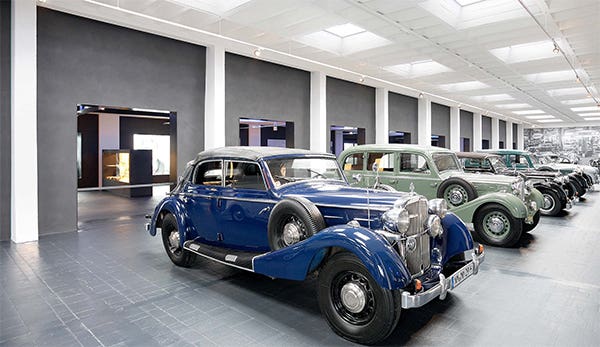Old Cars Q&A: 2021 no. 3
Kit Foster answers all of your old car questions. This time he talks about winter hibernation, leaking Quadrajet issues, and a question on the ‘Jack Rabbit.’
Q.This time of year there are many articles regarding prepping our old cars for their winter hibernation. Here are a few things that I do and have not seen in any of the articles:
On my 1975 Olds convertible, I drop the side window glass just enough so that it is not compressing the weatherstrip during the cold winter months. This is especially important for the soft, thick A-pillar weatherstrip. Mine are still in “new” condition; I see many that are quite deteriorated from constant compression.
On older cars, I flip open the vent windows a bit, again to keep from compressing the rubber weatherseal for an extended period.
Also, I “pop” the trunk on all my cars so that the trunk lid weatherstrip is not in a state of compression all winter long. This helps somewhat in maintaining the flexibility of the rubber.
On my older cars that do not have a radiator overflow reservoir, when I refresh the antifreeze before storage, I fill the radiators to the very top. This mimics the newer cars with an overflow reservoir by eliminating any air gaps in the radiator. This practice may or may not eliminate a chance for cooling system rust, but in any case it makes me feel better. Of course, when I start the cars in the spring, I have a pan underneath to catch the overflow as the coolant warms to operating temperature.
These tricks may or may not be helpful, but they make me feel better about my cars as they endure Michigan’s cold winter months. — Patrick Bisson, Flushing, Mich.
A. Thanks, Pat — all good suggestions. Your procedure with cooling systems particularly caught my eye. Three years ago, I bought a fully restored Model A Ford that had been “mothballed” for 10 years or more. The procedure had involved draining the fuel tank (good), and also the cooling system (not so good). I undertook the re-awakening step-by-step, and this included filling the cooling system with plain water (no point in having to drain a full 12 quarts of antifreeze if a leak were discovered).
As it happened, there was a pesky leak from the lower radiator “hose,” which on a Model A is comprised of a bent steel tube with a short hose on each end. Tightening the clamps had no effect; I even replaced the drain cock, which is on the steel tube. No joy.
Finally, I figured out that the water was seeping through the tube, which actually looked new and had a shiny black painted surface. Sitting for a decade in the damp, but with air, not coolant, on its inner surface, it had rotted through. I felt vindicated for my preference to store cars with a cooling system full of corrosion-inhibiting coolant.
Q. In the Nov. 5 Q&A, leaking [Rochester Quadrajet] well caps were discussed. I have a couple of Thermoquads that have the same leaks. Not all epoxies are gas-resistant. I am wondering what epoxies are being used.
I agree that fuel cannot flow uphill past the float valve to the pump. Even in cold weather, I am having extended cranking issues after a heat soak, so I doubt it is fuel boiling over into the manifold. — Don Rush, Gowan. Mich.
A. Our readers with epoxy experience are encouraged to comment. A simple internet search turned up www.engineeringtoolbax.com, which explains: “Epoxy (polyepoxide) is an epoxide polymer that cures when mixed with a catalyzing agent or ‘hardener’.” Their extensive table of chemical products and known epoxy resistance includes isopropyl alcohol and gasoline, both of which are shown as “excellent.” Ethyl alcohol also shows “excellent” resistance up to 120 degrees F. They do include a caveat: “Always check the chemical resistance with the epoxy manufacturer.”
Q. [Here is] a photo of an early-1900s Jackson driven by my grandfather, Otto Olm. I am curious if this car was factory made and called a Jack Rabbit, or if it might be a handmade, cut-down speedster. Any information you may have would be of interest to me. — Roland Olm, via email
A. It does appear to resemble a Jackson Model E of 1908. I don’t see a Jackson Jack Rabbit model listed in the “Standard Catalog of American Cars 1805-1942.” Apperson did have a Jack Rabbit from 1906 to 1913 in several body styles, including roadster, touring and town car. I suspect this car has simply had its body removed and replaced by the seats and fuel tank seen in the photo. This was a common practice for racing, or just having fun.
To submit questions to this column: E-mail
oldcars@aimmedia.com or mail to: Q&A, Old Cars,
5225 Joerns Drive, Suite 2, Stevens Point, WI 54481.
*As an Amazon Associate, Old Cars earns from qualifying purchases.








